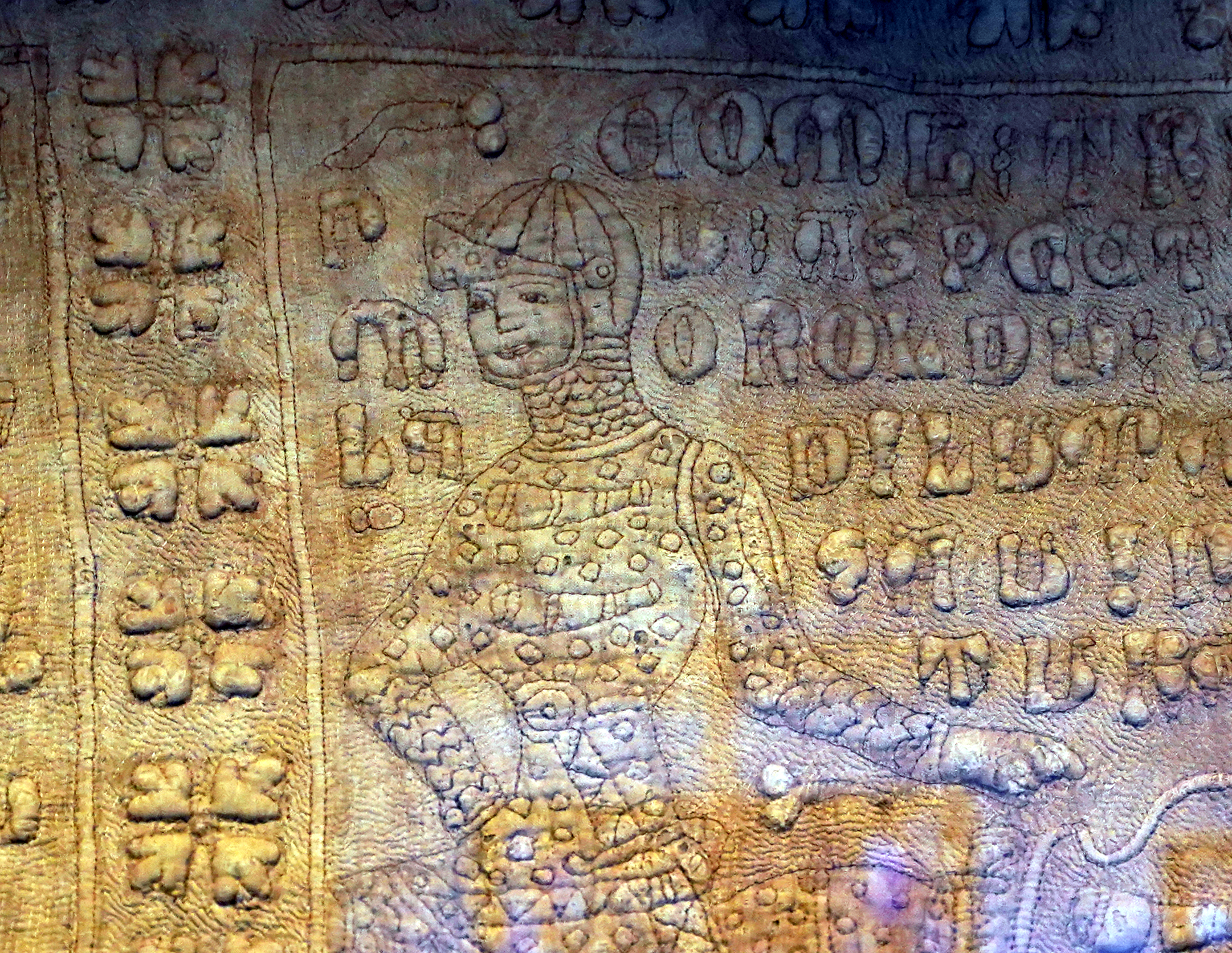
Online via Zoom
Online talk by Fiammetta Falchi
The Guicciardini Quilts, also known as the Tristan Quilts, are two 14th-century Italian padded embroideries depicting episodes from the Florentine manuscript Tristano Panciatichiano, a contemporary version of the deeds of Tristan. They are named after the Guicciardini family, one of the wealthiest and most prominent dynasties at the time of the Florentine Republic. Although there is no documentary evidence, an attentive reading of some of the family records might suggest that they could have been commissioned by the Gonfaloniere of Justice Luigi di Piero Guicciardini who was in charge of the Republic’s internal militia until the Ciompi Revolt on 21 July 1378.
In my research, I sought to demonstrate that the two wall hangings were in fact displayed in Luigi’s stately house on the great hall’s walls to affirm his position and legacy, identifying himself with the legendary knight of the Round Table. When the insurrection turned into a temporary form of government by members of the city’s minor guilds, Luigi was removed from his office along with all the other members of the major guilds, his palace burnt down and his properties scattered for a few years. They are currently displayed at the Museum of Palazzo Davanzati in Florence and at the Victoria and Albert Museum in London who still keep them separate not just in space but also through the strikingly different interpretation and approach used by the two institutions.
In this talk, I reconstruct the history of the displacement and display of the Guicciardini and Tristan embroideries by making use of new archival research along with an analysis of the two museums’ displays and approaches. I aim to demonstrate why it is important to shift both the focus of academic literature and curatorial approach from the static and descriptive interpretation of the quilts as pieces of medieval textile. I argue that their meaning as objects of material culture has changed depending on their different uses from the sociohistorical context of 14th-century Italy to date, and these meanings are the focus of this presentation.
About the author
Fiammetta Fidia Falchi studied Art History and Conservation at the University of Florence, Italy. She graduated in 2019 with a dissertation on a group of 14th-century medieval sculptures from Sardinia and displayed at the Liebieghaus in Frankfurt. In 2018, she worked as a curatorial intern at the Museum of Palazzo Davanzati in Florence where she first researched the Guicciardini Quilt displayed there. After graduating, she moved to London to study the Tristan Quilt at the Victoria and Albert Museum. In 2021, she achieved a master’s degree in History of Art at Birkbeck University with a dissertation focused on the display of the two Guicciardini Quilts. Her specialty remains 14th-century Italian art as material culture viewed through a socio-historical approach. She currently works as an events and exhibitions assistant at St Albans Cathedral in St Albans, UK. She is committed to making medieval art, history and culture engaging and relevant for current and future audiences.
